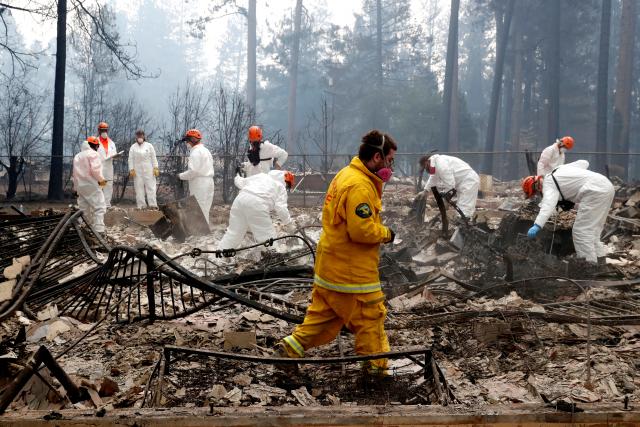19th July, 2023
California’s summer wildfire season has been relatively peaceful, but activity increased during the weekend heat wave, with multiple blazes erupting.
Most of the fires were extinguished or kept minor, but the Rabbit fire near Lakeview, east of Los Angeles, developed quickly in the heat.
As of Tuesday morning, the fire had spread to approximately 3,352 hectares (8,283 acres).
The California Department of Forestry and Fire Protection (Cal Fire) confirms this saying “It is the largest wildfire burning in California.’’
Other active flames in California include the nine-hectare Lodoga Fire in Colusa County and the 137-hectare Gavilan Fire.
In addition, the 177-hectare Reche Fire in Riverside County and the 334-hectare Pika Fire in Yosemite National Park.
The Rabbit Fire started on Friday afternoon, at the start of a scorching wave that drove inland temperatures in Southern California into the triple digits (in Fahrenheit).
The National Weather Service reported a high of 102 degrees Fahrenheit (38.9 degrees Celsius) in Lakeview on Saturday and 39.4 degrees Celsius on Sunday.
More heat is expected this week, with Lakeview reaching 40 degrees Celsius on Tuesday and 41.7 degrees Celsius on Wednesday, Thursday, and Friday.
The fire erupted over the weekend, prompting evacuations.
As of Tuesday morning, the fire had threatened 152 structures.
The fire was blazing in heavy grass, scrub, and steep terrain, making entry difficult for fire crews.
Temperatures were lower on Monday than they had been over the weekend, and the fire saw minimal growth overnight, allowing personnel to create containment lines, according to Cal Fire.
Containment reached 45 percent.
On Tuesday, the government released a timelapse video depicting the fire’s progress since Friday and enormous clouds of smoke rising above the burn area.
“The combination of dry fuels, topography, and weather provides the right conditions for such fire behavior and growth.
“Just watching the video, you realise that it doesn’t take much for a wildland fire to make its presence known,’’ Cal Fire said.
In California, the wildfire season lasts all year, however fire activity typically increases in late spring and early summer before peaking between August and October.
This year, due to an abnormally rainy winter and a cooler-than-average start to spring and summer, this did not occur.
With the current hot wave, things began to change when the large winter snowpack melted and vegetation dried off.
More heat is on the way this week, especially in Southern California, where temperatures are expected to be above normal into next week.
dpa/NAN
